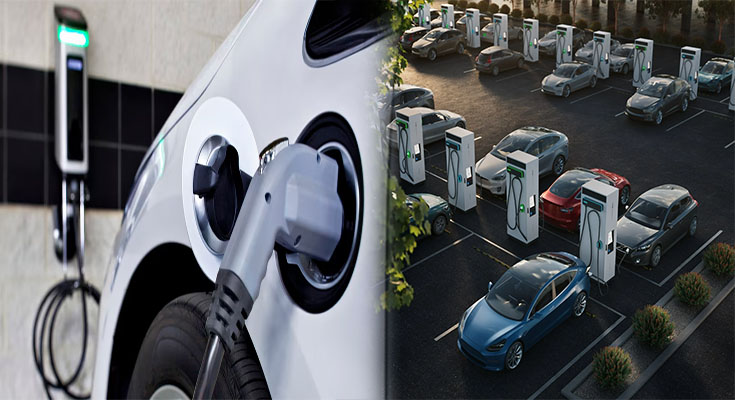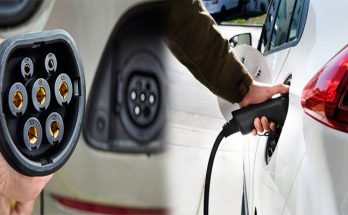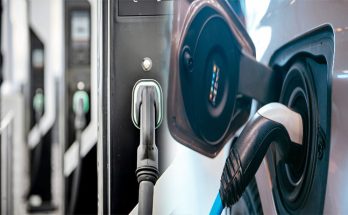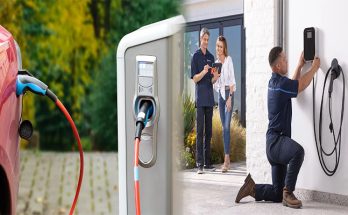As electric vehicles (EVs) become increasingly popular, one of the key considerations for EV owners is understanding the different types of charging stations available. With a variety of options to choose from, it’s important for beginners to grasp the basics of EV charging infrastructure to ensure they can power up their vehicles efficiently and effectively. In this article, we will break down the various types of EV charging stations, from home chargers to fast chargers, to help beginners navigate the world of electric vehicle charging.
Understanding the Basics
Before diving into the specifics of the different types of EV charging stations, it’s essential to understand the common terminology associated with EV charging:
- Levels of Charging:
- Level 1: Standard household outlet charging, typically the slowest option.
- Level 2: Faster charging using dedicated charging equipment, commonly installed at homes and public charging stations.
- Level 3 (DC Fast Charging): Rapid charging stations that provide a quick charge for EVs on the go.
- Connectors:
- CCS (Combined Charging System): Common in European and American electric vehicles.
- CHAdeMO: Used mainly by Japanese EV manufacturers.
- Type 2 (Mennekes): Popular in Europe for AC charging.
Exploring Different Types of EV Charging Stations
1. Home Charging Stations (Level 1 and Level 2)
- Level 1 Charger: This involves plugging your EV into a standard 120-volt household outlet. While convenient, it is the slowest form of charging and is best suited for overnight charging for vehicles with smaller batteries.
- Level 2 Charger: Level 2 charging requires a 240-volt charging station, which can be installed at home or accessed at public charging locations. This option is faster than Level 1 charging and is ideal for EV owners looking to charge their vehicles at home efficiently.
2. Public Charging Stations (Level 2 and Level 3)
- Level 2 Public Charger: These chargers are commonly found in public spaces such as shopping centers, workplaces, and parking lots. They provide faster charging than Level 1 and are suitable for EV owners looking to top up their batteries while out and about.
- Level 3 (DC Fast Charging) Stations: DC Fast Chargers are the quickest option for charging EVs on the go. They can charge a vehicle to 80% capacity in a matter of minutes, making them ideal for long-distance travel and quick top-ups when time is of the essence.
3. Wireless Charging Stations
Wireless charging technology allows EV owners to charge their vehicles without the need for physical cables. While still emerging, wireless charging stations offer a convenient and hassle-free way to power up your electric vehicle.
Embracing the Future of EV Charging
As electric vehicles continue to gain traction in the automotive industry, understanding the different types of EV charging stations is crucial for beginners looking to make the switch to electric transportation. By familiarizing yourself with the various charging options available, you can confidently navigate the world of EV charging infrastructure and ensure that your electric vehicle remains powered up and ready to hit the road at all times.
Whether you opt for a home charging setup, rely on public charging stations, or leverage fast charging options for long-distance travel, the versatility and accessibility of EV charging infrastructure make owning an electric vehicle a viable and sustainable choice for the future. So, embrace the evolution of automotive technology, explore the world of EV charging stations, and experience the convenience and efficiency of electric vehicle ownership firsthand.





